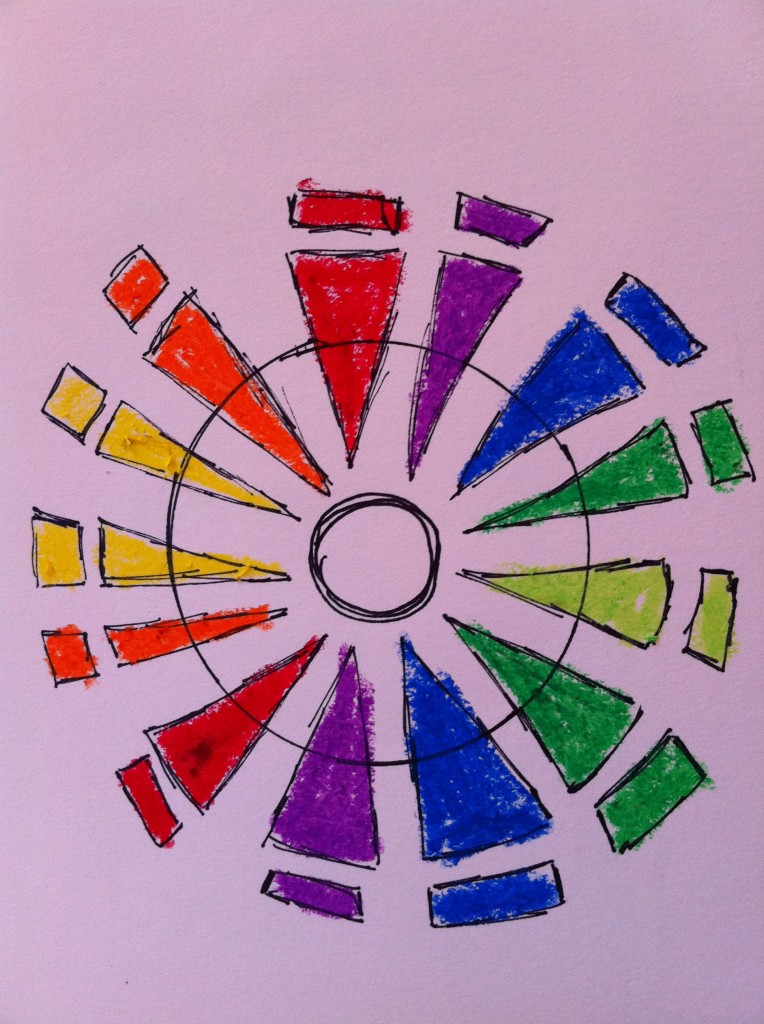
“Writing is very easy. All you do is sit in front of a typewriter keyboard until little drops of blood appear on your forehead.” –Walter W. “Red” Smith, Pulitzer Prize-winning sportswriter.
In light of how ‘easy’ the writing process is, I’ve started calling what I’m doing right now, the-finding-of-the-story-part-of-writing, as a “Zero Draft.”
John R. Trimble in Writing with Style, says: “A zero draft is my term for a throwaway – a piece of free-writing that allows you to warm up, get into the flow, work past your inhibitions, bust through your writers block, etc…and of course you don’t have to throw it away later – you just need to pretend that you will.”
Trimble’s guidelines:
–Begin talking out your thoughts on paper as if you were talking to a friend who has just said, ‘Now let me hear your understanding of it.’
–Begin anywhere; the beginning will most likely change anyway in the course of writing
–even if you feel stuck, force your pen (or your typing fingers) to nakedly record all the confusion and inarticulateness you’re feeling.
–Try not to let yourself pause more than a second or two between sentences and don’t censor your thoughts
Trimble says: “Rapid writing encourages the mind to function freely. Remember, many of your best ideas lurk in your unconscious.”
Author: Chris O’Brien graduated with a double MFA in Creative Writing in Nonfiction and Fiction from Saint Mary’s College in 2011. She is in the process of sending out several short stories for publication and is working on a novel!

Chris–This is awesome, thank you. And all of these apply to fiction as well as to non-fiction or to writing a paper. Writing about the stuck places, writing summaries of what you hope to do, writing out alternate versions or possibilities or scenes–these are all great techniques and free us to begin a draft and muddle our way through it. A zero draft, as you say. The easier to get through that first draft and on to revision. Each step supported and thus the more pleasurable. Marvelous. Thanks for the inspiration!